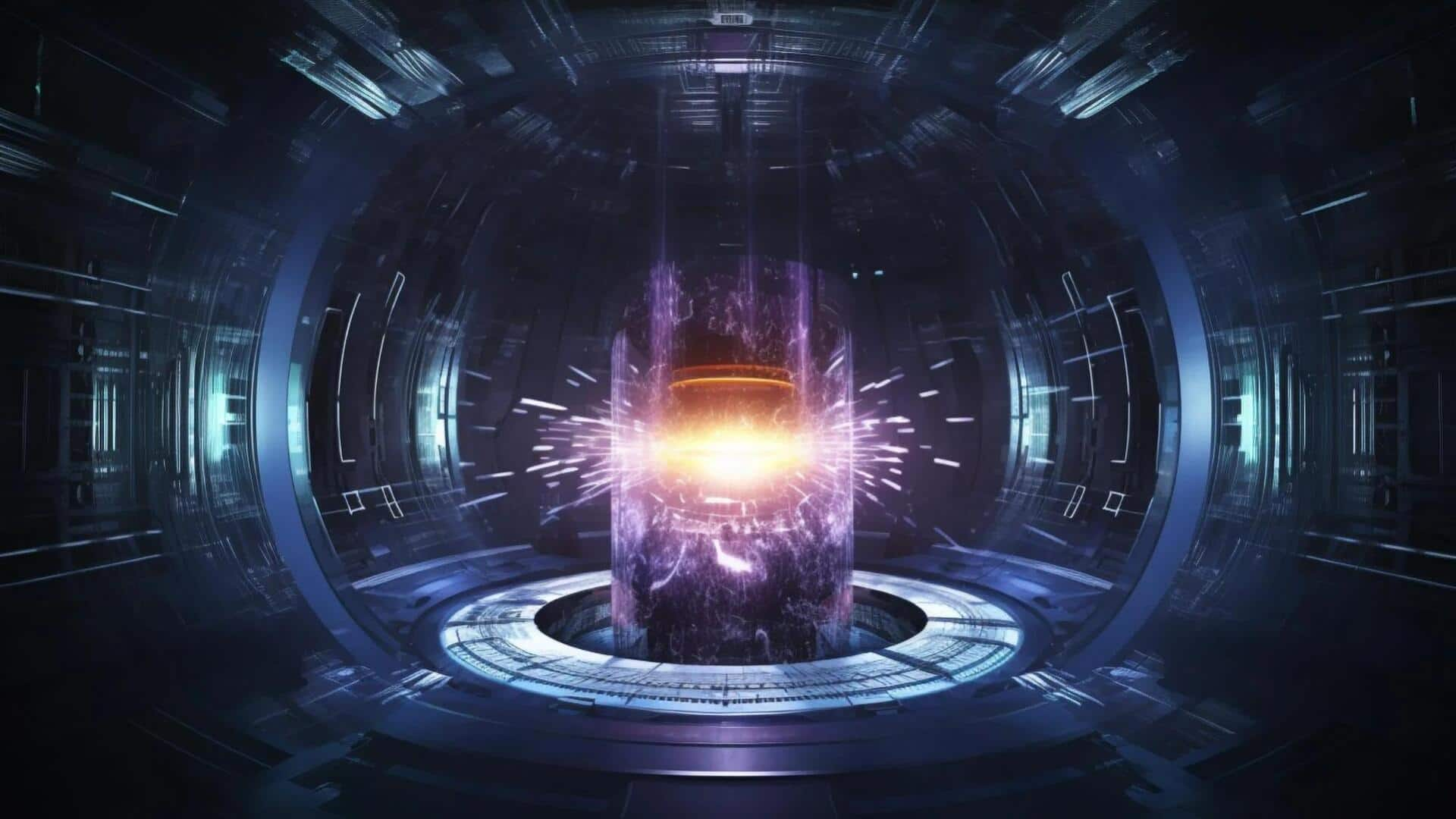
Scientists set new fusion record—fueling hopes for limitless clean energy
What's the story
Researchers at the Max Planck Institute for Plasma Physics in Germany have achieved a major breakthrough in nuclear fusion. They have managed to sustain a fusion reaction for an impressive 43 seconds using the Wendelstein 7-X stellarator. This is a significant improvement over previous records and brings us closer to harnessing near-limitless clean energy from nuclear fusion.
Reactor innovation
What is a stellarator?
The Wendelstein 7-X, or stellarator, is a type of fusion device that uses powerful external magnets to confine hot, charged gas (plasma). This innovative design makes it possible to maintain a stable high pressure within a ring-shaped vacuum chamber. Unlike other reactor designs like tokamaks that use high currents through plasma to create magnetic fields, stellarators use their external magnets for better plasma stabilization during fusion reactions.
Record achievement
Plasma heated to over 20 million degrees Celsius
On May 22, the plasma inside Wendelstein 7-X was heated to over 20 million degrees Celsius, peaking at an incredible 30 million degrees Celsius. The reactor also achieved a new record high triple product, a key metric for fusion power generators. The triple product is a combination of particle density in the plasma, temperature needed for fusion, and energy confinement time.
Milestone achievement
A tremendous achievement by the international team
Thomas Klinger, Head of Operations at Wendelstein 7-X, called the new record a "tremendous achievement by the international team." He said it marks another important milestone toward a power-plant-capable stellarator. The highest values for the triple product were previously achieved by Japan's Tokamak JT60U (decommissioned in 2008) and Europe's Tokamak facility JET in Great Britain (decommissioned in 2023).
Energy breakthrough
Why is nuclear fusion considered the holy grail of energy?
Nuclear fusion, the process that powers our Sun, is seen as the holy grail of energy. It involves merging atomic nuclei to create massive amounts of energy. This is different from fission, which splits heavy atoms into smaller ones and is used in atomic weapons and nuclear power plants. Unlike fission, fusion doesn't emit greenhouse gases and carries less risk of accidents or theft of atomic material.